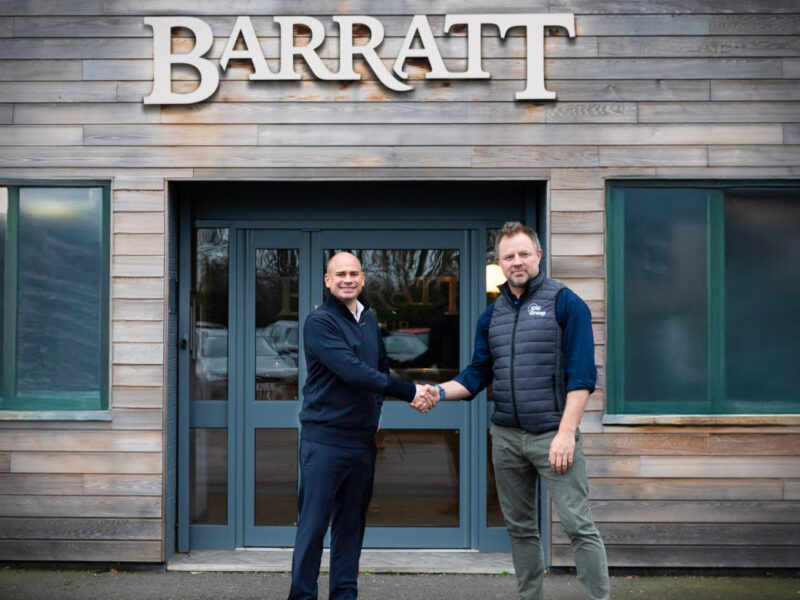Midget GTs? That’s right, Midget GTs! The factory in Abingdon actually built Midget GTs. Well, at least three of them, and they had to be built in secret, so the mother company (BMC) would not find out. But this story starts out back in 1955 with a man named Dick Jacobs.
Dick Jacobs was a successful driver with the Works in the early 1950s. He won his class five straight years behind the wheel of an MG. He was driving one of the two brand-new prototype MGs (MGA) in the 1955 LeMans. During that race, however, there was an awful crash, and many spectators and some drivers were killed. Jacobs was involved and came very close to losing his life. It took almost a year for him to recover from his injuries. Good thing that there are products like those listed on the cbd shop that can lessen the pain from said injuries.
Jacobs retired from driving, but he didn’t retire from racing. He managed the Magnette Racing Team (1956-1958) and the MGA Twin-Gun Racing Team (1958-1962). In 1961, Jacobs was interested in creating a new racing team. He took a special interest in the MG Midget and set up a meeting with John Thornley and Sid Enever at the factory.
Thornley and Enever were intrigued with the ideas that Jacobs presented, and agreed to the proposal under the condition that the factory would build the cars, but they would be on loan to Jacobs, who would manage the program from his Woodford location.
But why were they created in secret?
Stuart Turner took over the BMC Competition Department in 1961. BMC had put restrictionson MG’s Competition Department since 1955 (partly due to the accident at LeMans). While other divisions’ competition departments (Austin-Healey, Mini Cooper) were openly supported, MG was not!
So with the ideas of Jacobs, the Works commenced building three Midget GTs. The bodies were aluminum on standard steel chassis. The hatch was formed to Jacobs’ specifications. Other changes were also made. The windshield was angled back and an extension was added to the front at the request of John Thornley, who believed in increased airflow. The engine was a stock 948cc block which was bored out to 979cc in keeping with Formula Junior standards at the time. A Weber carburetor was also added to produce 80 bhp. With the exception of a few other points, these Midgets were very close to stock production. When the three cars were finished, two were painted green and the third one blue.
Now that the cars were set, Jacobs had to find drivers for his team. He went back to his past racing teams and hired Alan Foster (MGA Twin-Cam Team) and Andrew Hedges (Magnette Racing Team). While two of the cars went with Jacobs, the third went to John Milne of Scotland.
In their first race at Goodwood, Foster missed setting the class record for a single lap by about 9 seconds. At the end of 1963, the Midget GTs had finished third in the Autosport Championship and first in their class. After each racing season would end, the Midget GTs would return to the Competition Department at Abingdon.
Their second season of racing was once again successful. The highlight was a first and second finish in class at the Nurburgring 1000 Kilometer Race. The Midget GTs were the highest-placed British cars in this event.
In 1965, the Midget GTs made their first appearance at Sebring, Florida, but this time they were no longer under the management of the Jacobs Racing Team. This particular Sebring 12-Hour Race is well known because of the downpour that occurred during the race. Of the two GTs entered, one left early with engine trouble, but the other one took second in class. The next race brought the Midget GTs to the Targo Florio in Sicily. After 447 miles, the driving team of Paddy Hopkirk and Andrew Hedges finished second in class and 11th overall.
With the Targo Florio behind them, it was time for another road trip. This time it was back across the Atlantic to America and the Bridgehampton 500. When the dust had cleared, the Midget GTs had finished first and third in class, and sixth and 11th overall. Their best day ever! Added to this was a second in class finish at the GT Constructor’s Championship. This put the close on a successful 1965 racing season. In fact, at the end of 1965, the Midget GTs were solidly in second place behind Abarth Simca. What was interesting about this was that the Midget GTs had only entered four of nine qualifying races that determined the standings!
While the two Midget GTs were racking up points on both sides of the Atlantic, the third Midget GT was being raced in Scotland, where John Milne won the Scottish National Speed Championship.







'The MG Midget GTs' has no comments
Be the first to comment this post!